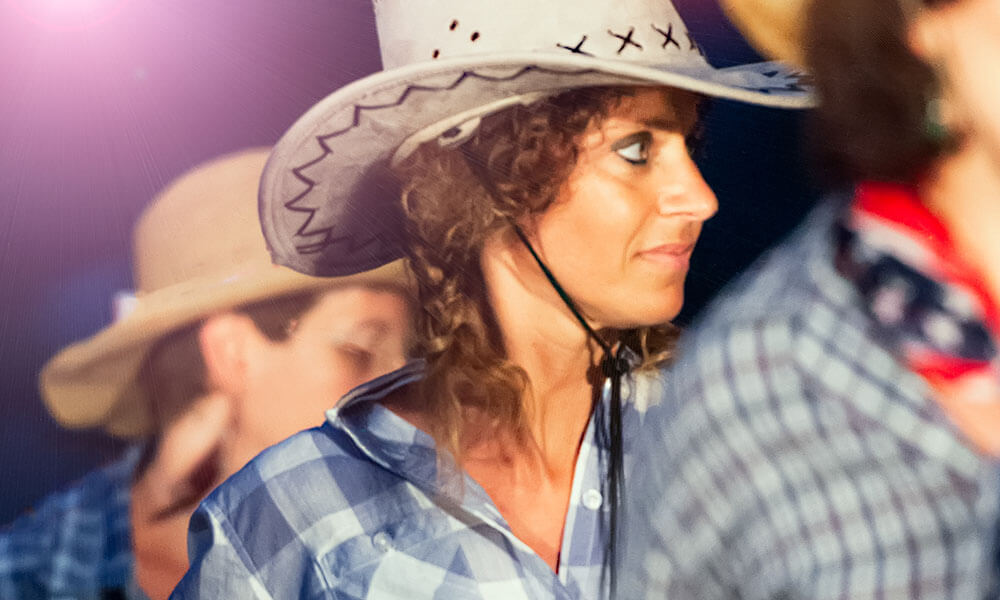Born in a barn: American traditions grow on the farm
Imagine a traditional red barn rising above emerald green fields and striking against an endless blue sky. The heart of America is often symbolized in this image, with a barn as the focal point. Barn wood today is coveted for interior design projects, but these iconic structures are part of American history. Barns are surrounded by traditions that are tied to the building’s red color, community-centered construction and lively dances.
Iconic red barns
One of the most iconic symbols of American farming is a traditional red barn. Originally, barns just kept their wooden exteriors. Painting them seemed like a waste of time and money. Paint became a necessity however, as farmers began to look for a way to protect the wood. Wooden barns need to be protected and sealed from the weather, insects and other elements that damage structural integrity. Red paint became popular because of its functionality and cost effectiveness. Having a darker color on the barn’s exterior attracts more sunlight and keeps the inside warmer in the winter. Some people believed red barns would also help prevent cows from getting lost.
Years ago, paint options and building materials were limited, so farmers would make their own paint. Farmers used to make paint from cheap, everyday products like linseed oil, milk, lime and rust. Linseed oil comes from flax plants and acts like a sealant. The oil stains the barn wood an orange, reddish color. Iron oxide, or rust, prevents fungi from growing on the wood and turns the paint mixture a deep red color, contributing to the tradition of red barns across America.
Barn raising builds community
Traditional barn raisings brought a community together as the townspeople cooperated to construct a new barn or church. With modern construction techniques, most farmers don’t hold barn raising gatherings, but Amish communities continue to uphold the tradition. Barns were considered the most important structure on a farm, because they protect a homesteader’s livelihood. Their size makes them expensive and difficult to build, which is why the community would come together for this event. Traditionally, women and children would prepare food and deliver tools to the men who were building the structure.
Before the barn raising event, the property owner would organize materials and plan out the structure. If everything went according to plan, the crew would construct a recognizable barn with just one day’s work. Although the barn wouldn’t be totally finished, neighbors would spend a day working together, constructing barns and building friendships. Barn raising is no longer part of our culture, but people still come together to achieve collective success in a community. This tradition is seen today when there’s a friend in need or a neighborhood improvement project.

Barn dances celebrate tradition
Barns used to be the center of community engagement. Once the barn raising was finished, people would gather for a traditional barn dance. These social events brought people together to celebrate weddings, harvests and holidays. People of all ages would dress up, crowd into a barn, dance to lively music and enjoy a home cooked meal. This is one barn tradition that continues in popularity today. A good old-fashioned hoedown still packs venues as guys and gals stomp their boots to homegrown country music. Callers holler instructions to the crowd as they walk through group dances. Line dances, square dances and swing dances are popular styles that began in popularity at these social events.
Barns are a symbol of American history. Their red exteriors stand out among rolling fields and endless skies. Traditions of color, construction and celebration influence today’s culture, even though barns don’t hold the same significance. Whether you’re cruising through the open countryside or the department store toy aisle, red barns are a fixture in the heart of America.
